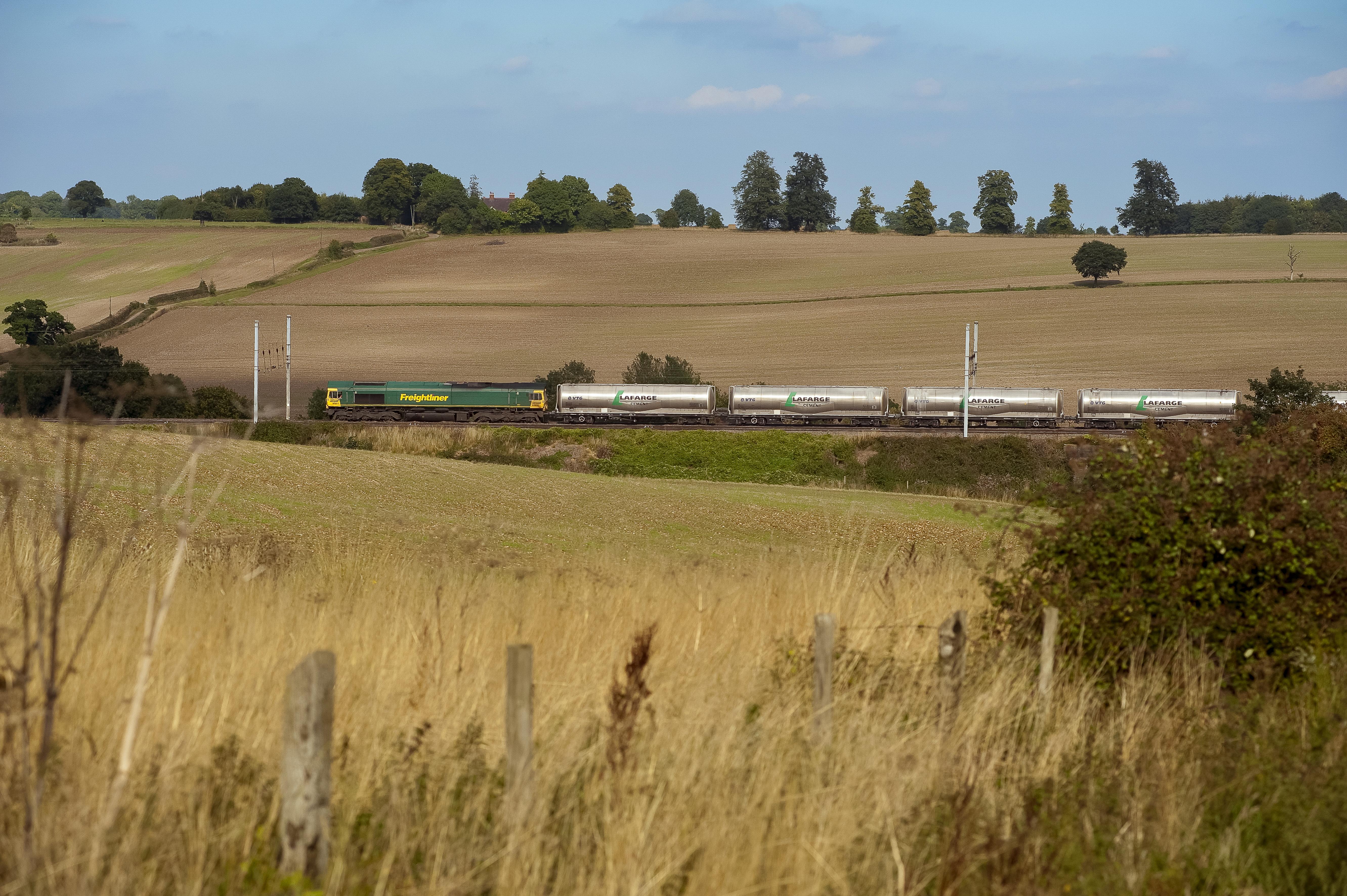
Rail freight brings important economic and environmental benefits to Britain. Yet for freight to perform there needs to be fair and non-discriminatory access to service facilities and services, without which it is impossible to operate. This is just what the current regulatory framework seeks to provide.
Where it all started
The journey began with the Railways Act 1993 (the 1993 Act).
The owner of a light maintenance depot or station (a facility owner) and an applicant (usually a railway undertaking) may agree access to the facility owner’s railways facilities in the form of a regulated access agreement (section 18).
If they cannot agree on the terms, an application can be made to the Office of Rail and Road (ORR) to give directions to the facility owner requiring it to enter into an access agreement with the applicant (section 17). Applications are still decided under these provisions today, the outcomes of which can be seen on our website Track access decisions.
Regulation improvements in 2016
The provisions and principles of the 1993 Act were elaborated upon by the Railways Infrastructure (Access & Management) Regulations 2005 and then more fully by the Railways Infrastructure (Access and Management and Licensing of Railway Undertakings) Regulations 2016 (the 2016 regulations).
The 2016 regulations implemented a European Directive and brought changes across the regulatory framework including in relation to track access, access to service facilities, charging, accounting and separation arrangements and more.
At the heart of the 2016 regulations is the requirement for service providers, who are typically owners of ports or freight terminals, to supply fair and non-discriminatory access for all railway undertakings. This includes track access, access to service facilities and the supply of services.
The 2016 regulations strengthened the principle of fair access with changes to the range of entities falling within the regulated regime and an extension of the list of service facilities caught by the ‘minimum access package’.
Refuelling, as well as stations, marshalling yards, storage sidings and freight terminals were all included in the general right of access.
The principle of fair, non-discriminatory access should be good business and our guidance makes clear, that where capacity at a service facility is constrained, the 2016 regulations do not create an obligation on the service provider to substitute the applicant railway undertaking’s services for its own or for those of an existing or planned future user.
Instead, a coordination procedure provides a transparent process for deciding, where there is spare capacity, to whom that capacity should be allocated in the event of competing requests.
ORR has a role determining appeals under the regulations, where the matter under appeal is not one falling under sections 17 and 22A of the 1993 Act.
An applicant has a right to appeal if it believes it has been unfairly treated by a service provider, infrastructure manager or other relevant entity.
Transparency
But it is worth highlighting the principle of transparency, a thread running through much of the regulatory framework for access.
The importance of transparency was underlined most recently in 2017 by the Commission Implementing Regulation 2017/2177 on access to service facilities and rail regulated services, which introduced a requirement on service providers to produce Service Facility Descriptions, following the lead provided by the 2016 regulations.
Together, the legislation aims to ensure prospective entrants to the freight market, and railway undertakings already in the market, have fair access to vital service facilities on transparent terms. ORR is committed to ensuring it plays its part in supporting this aim.


